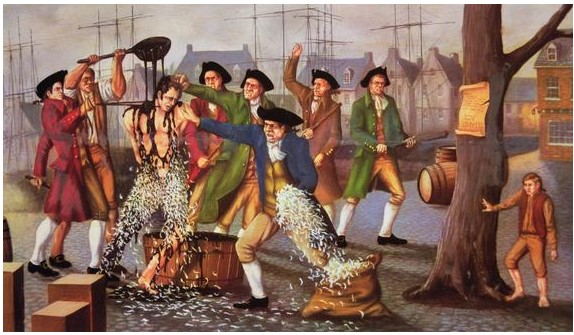It began, as these things so often do, with the banks. “Bank tellers cost money”, they realized, so they looked at the data: which showed that something like 95% of a teller’s job involved handing cash to customers.
So: ATMs. And instead of talking to a human when collecting your money, you had to rely on remembering a personal identification number and hoping that the mechanized teller wouldn’t screw up the money count. Of course, there was a “benefit” to the customer: 24-hour banking (provided there was a working ATM where you needed it). So one more little dent in human interaction, because who doesn’t want convenience?
Supermarkets did the same thing, eventually, when scanning systems became good enough to work more or less unsupervised — well, one supervisor to oversee eight checkout terminals was cheaper than paying eight checkout clerks, after all.
Here, the benefit was not customer convenience, because it takes the average customer much longer to process their own transaction than it does a trained cashier. But screw the customer’s time and inconvenience, as long as we don’t have to pay for it, went the retailers’ thinking. (I know this, because I was there when the self-checkout systems were first tested.)
But what about the long waits in line we had to put up with before self-checkouts? Well yes, there is that; except that the long lines were caused by supermarkets not having all the registers manned in the first place — the first of such cost-cutting measures, you see.
In both cases, fewer human employees meant lowered expenses and higher profits. (It may have been sorta-kinda-excusable for retail supermarkets, who run on impossibly-tight profit margins — but far less so for banks, who have no problem charging usurious rates on credit card balances, for instance, in an industry which has never had to deal with tight profit margins (remember: pay 5% on customer investments, charge 12-19% for loans and 27% for credit card balances — and those are just the most obvious ones).
Anyway, some folks in Britishland, of all places, have decided that enough is enough:
Campaign by senior citizens to boycott automated tills aims to protect local jobs and fight isolation in the community.
Myself, I use cashiers most of the time, provided that I won’t have to wait for too long in line.
But what really gets up my nose is when there’s a waiting line in both automated and cashier points. That is when I go all Old Phartish and find a manager to yell at. And I mean yell, because frankly, it’s past the time for politeness and it’s what they respond best to.
My line: “I was in the supermarket business for over thirty years, from stock clerk to cashier to store manager to senior executive in Head Office. I know how supermarkets run, and you’re running this one really badly. Now are you going to open another register or must I get in touch with your district manager or Area VP?”
And if he whines that there just isn’t another cashier available, I yell: “Then YOU open the till and run it until one does become available.”
Sometimes I just identify as a woman. Named Karen. And it doesn’t feel too bad.
Finally, from the above linked article:
The backlash appears to be even bigger in the US. Under new laws proposed in February, supermarkets would have to comply with rules that would limit self-checkout use to when a regular manned lane is open. Major supermarkets including Walmart, Target and Costco have begun limiting or banning self-checkouts.
That has not been my experience locally, but I wish it was. I’d better end this post before I get really cranky.




